عنا
مرحبا هل يمكنني مساعدتك؟
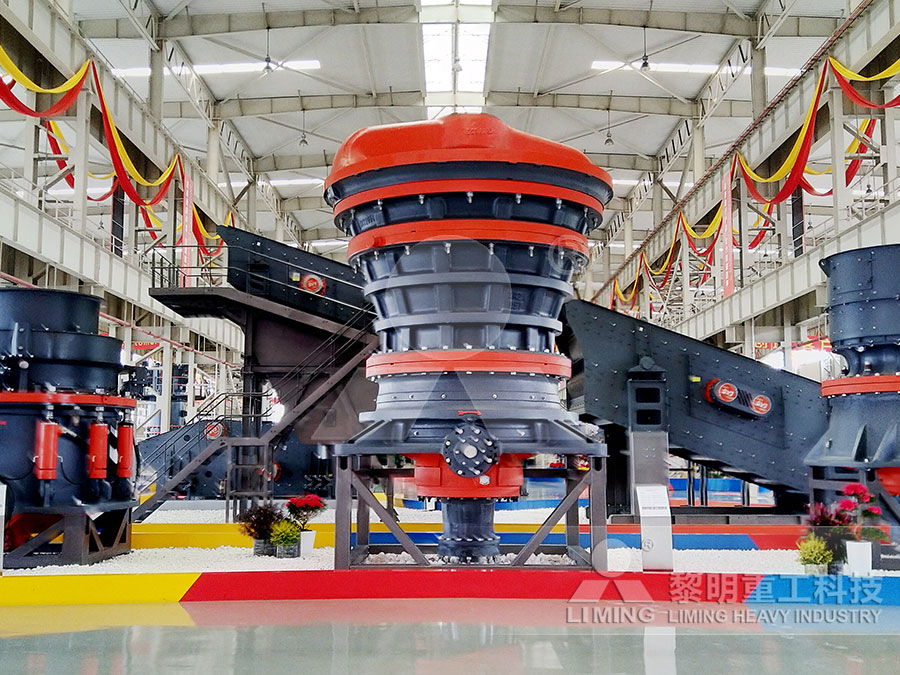
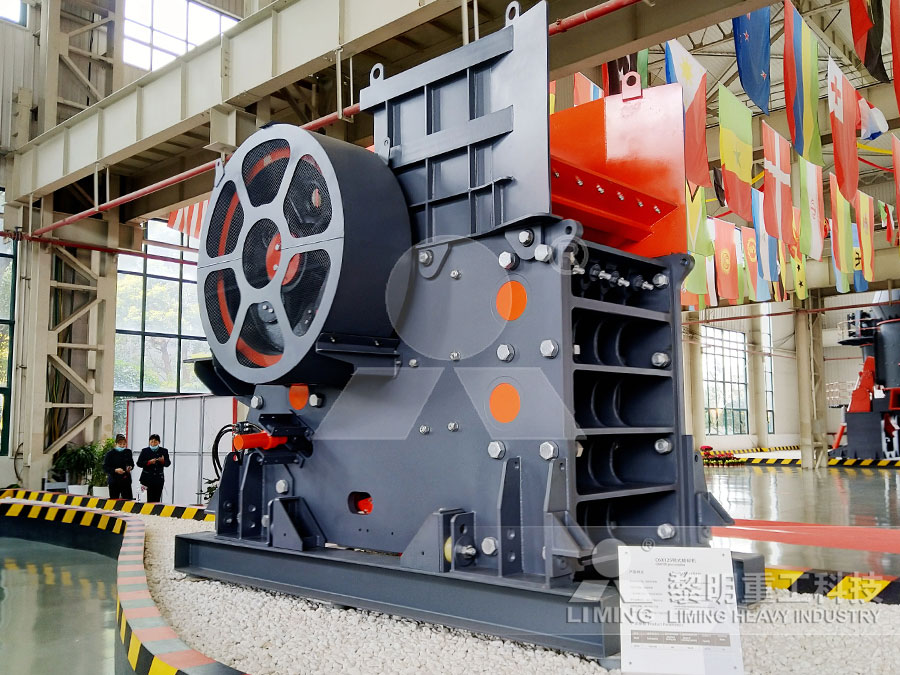
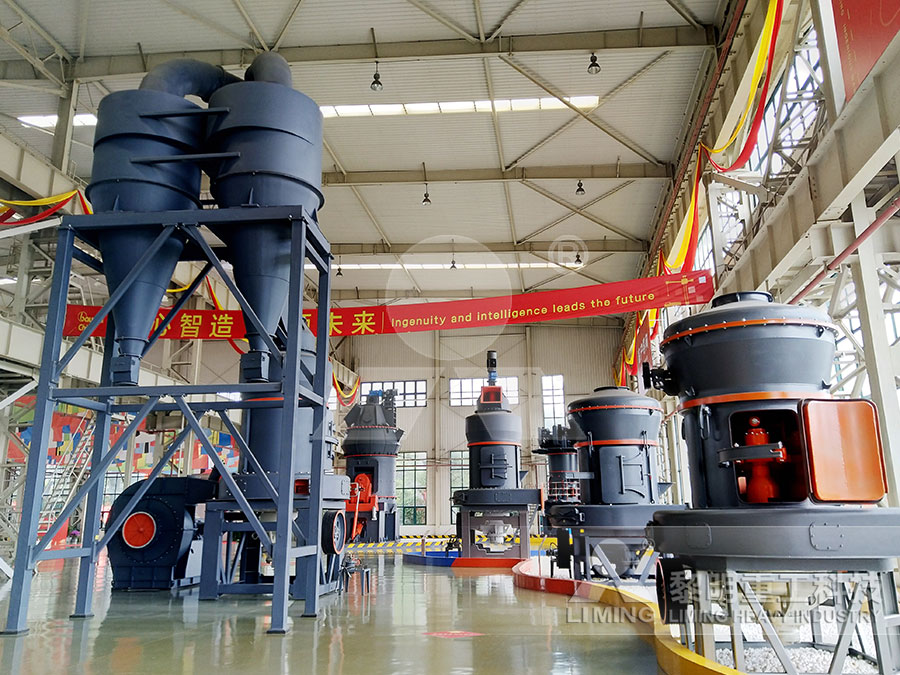
تأسست شركة Liming Heavy Industry في عام 1987 ، وتقع في منطقة Pudong الجديدة ، شنغهاي ، الصين ، وتغطي أكثر من 200000 متر مربع بما في ذلك العديد من الشركات التابعة. يتعلق العمل الرئيسي بالعديد من المجالات ، مثل تكسير المناجم ، وسحق المباني ، والطحن ، وصنع الرمل ، والتكسير المتنقل ، وما إلى ذلك. الكسارة ، الكسارة المخروطية الهيدروليكية عالية الكفاءة من سلسلة HPT ، المطحنة الأوروبية شبه المنحرفة MTW ، المطحنة العمودية LM ، المطحنة الأسطوانية العمودية فائقة الدقة من سلسلة LUM ، الكسارة الصدمية ذات المحور الرأسي VSI5X ، ومعدات نظام VU.
يجلب Liming عددًا كبيرًا من المواهب الذكية والإبداعية معًا الذين يقدمون منتجات مبتكرة باستمرار. أخذت الشركة زمام المبادرة في الحصول على شهادة نظام الجودة الدولية ISO9001: 200 ، وشهادة الاتحاد الأوروبي CE وشهادة GOST الروسية ، وقد حصلت على 106 براءة اختراع وطنية بما في ذلك 4 براءات اختراع ، و 12 براءة اختراع تصميم و 90 براءة اختراع لنماذج المنفعة حتى الآن. إلى جانب ذلك ، هناك العديد من الجوائز مثل جوائز العلوم والتكنولوجيا في صناعة الآلات الصينية ، وجوائز الإنجاز العلمي والتكنولوجي في المقاطعات ، والمنتجات الصناعية الموفرة للطاقة في قائمة شرف ليمينغ.
من أول جهاز خروج تم تركيبه وتصحيحه بنجاح في كازاخستان إلى أول خط ذكي لتصنيع الرمل يعمل بسلاسة في المملكة العربية السعودية ، قدمت Liming خدماتها لـ 140 دولة ومنطقة ، مثل روسيا وكازاخستان وأذربيجان وتركيا والكويت وجنوب إفريقيا ومصر ، لا يمكن تجاهل فيتنام وماليزيا والهند وأستراليا وكوريا وكندا والاتحاد الأوروبي ، وما إلى ذلك ، وقوة الشركة في آلات التعدين العالمية بعد الآن.
رسالة عبر الإنترنت
مرحبا هل يمكنني مساعدتك؟
Chart On Weavers Iron Smelters And Factory Owners
2019-04-22T20:04:08+00:00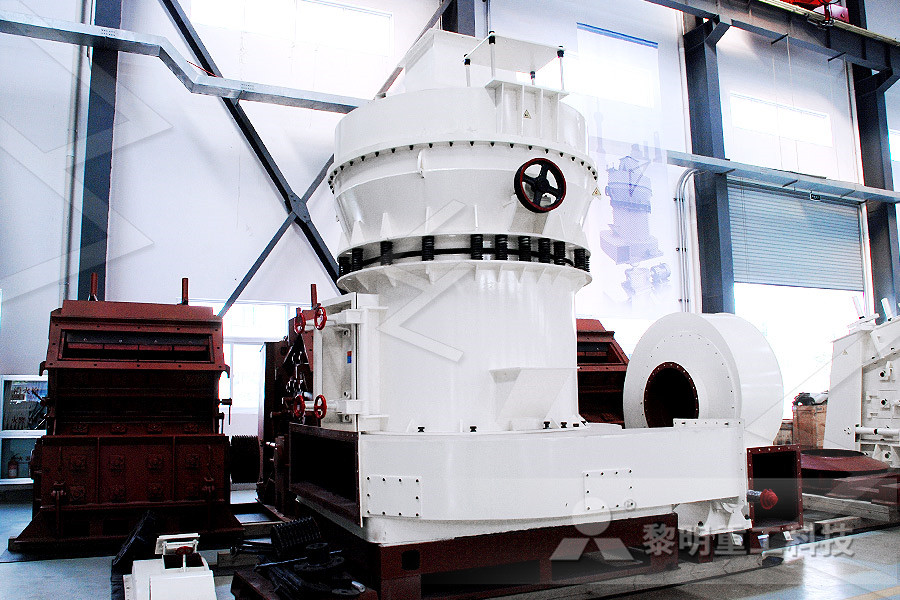
7 Weavers, Iron Smelters and Factory Owners
WEAVERS, IRON SMELTERS AND FACTORY OWNERS 81 Fig 3 – A page from an order book of the East India Company, 1730 Notice how each item in the order book was carefully priced in London These orders had to be placed two years in advance because this was the time required to send orders to India, get the specific cloths woven and shipped to BritainWEAVERS, IRON SMELTERS AND FACTORY OWNERS MODULE I PREPA RED BY BSRINIVA SA RAO T GT AECS, MANUGURU This chapter tells the story of the crafts and industries of India during British rule by focusing on two industries namely TEXTILES and IRON AND STEEL Both these industries were crucial for the industrial revolution in theWEAVERS, IRON SMELTERS AND FACTORY OWNERSChapter 01: Weavers; Iron Smelters and Factory Owners of Our Pasts III (Part2) book 7 Weavers, Iron Smelters and Factory Owners Fig 1 – Trading ships on the port of Surat in the seventeenth century Surat in Gujarat on the west coast of India was one of the most important ports of the Indian Ocean trade Dutch and English trading ships began using the port from the early seventeenth 01: Weavers; Iron Smelters and Factory Owners / Our Pasts
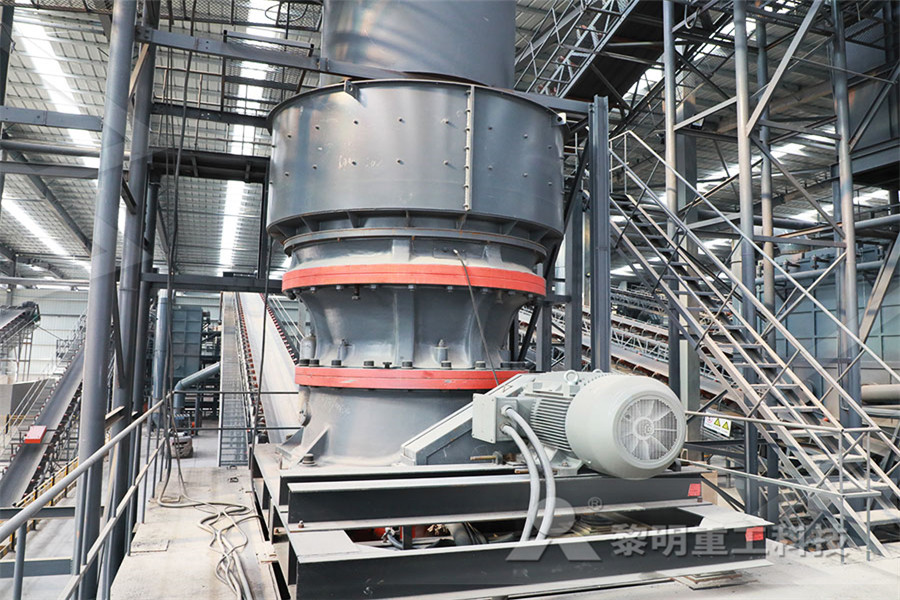
Weavers, Iron Smelters and Factory Owners Full Chapter
Nov 01, 2020 Weavers, Iron Smelters and Factory Owners Full Chapter Class 8 CBSE Class 8 History Chapter 6 is explained in this videoFor students asking about "WeaversApr 04, 2019 Weavers Iron Smelters and Factory Owners Class 8 History Chapter 6, Explanation, Question Answers Weavers Iron Smelters and Factory Owners CBSE Class 8 History Chapter with detailed explanation of the chapter ‘Weavers Iron Smelters and Factory Owners ‘ along with question answers Given here is the complete explanation of the chapter and all the exercises, Question and Weavers Iron Smelters and Factory Owners Class 8 History Sep 06, 2016 chapter 7 history Part 2 Weavers , iron smelters and factory owners 1 Chartered in 1600, the English East India Company eventually transformed England's Asian trade into an extensive colonial empire Initially, the company struggled to establish itself in India, creating small outposts such as this port at Fort Saint George in Madraschapter 7 history Part 2 Weavers , iron smelters and
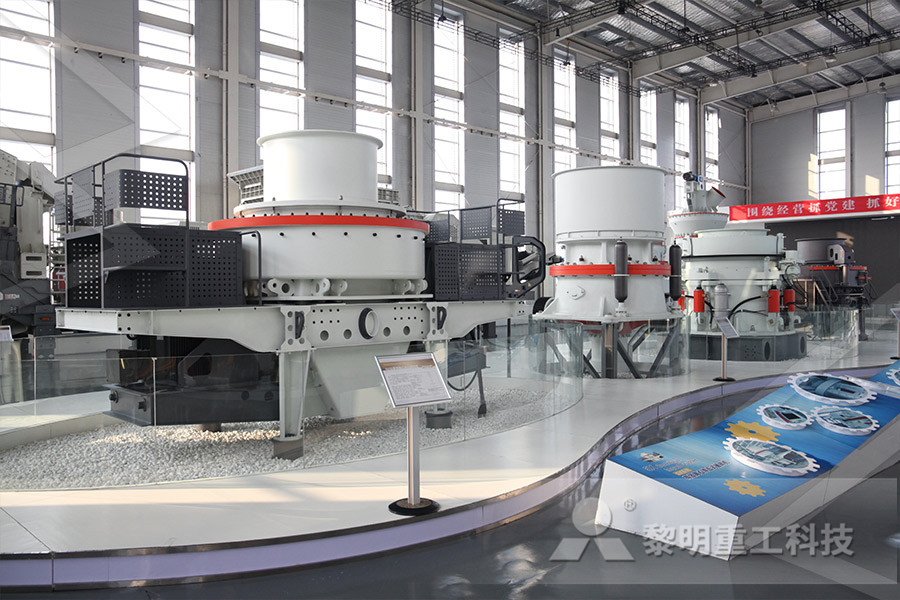
WEAVERS, IRON SMELTERS AND FACTORY OWNERS
WEAVERS, IRON SMELTERS AND FACTORY OWNERS MODULE I PREPA RED BY BSRINIVA SA RAO T GT AECS, MANUGURU This chapter tells the story of the crafts and industries of India during British rule by focusing on two industries namely TEXTILES and IRON AND STEEL Both these industries were crucial for the industrial revolution in theWeavers, Iron Smelters and Factory Owners 6 Fig 1 Fig 1 Fig 1 – Trading ships on the port of Surat in the seventeenth century Surat in Gujarat on the west coast of India was one of the most important ports of the Indian Ocean trade Dutch and English trading ships began using the port from the early seventeenth centuryand Factory OwnersChapter 01: Weavers; Iron Smelters and Factory Owners of Our Pasts III (Part2) book 7 Weavers, Iron Smelters and Factory Owners Fig 1 – Trading ships on the port of Surat in the seventeenth century Surat in Gujarat on the west coast of India was one of the most important ports of the Indian Ocean trade Dutch and English trading ships began using the port from the early seventeenth 01: Weavers; Iron Smelters and Factory Owners / Our Pasts
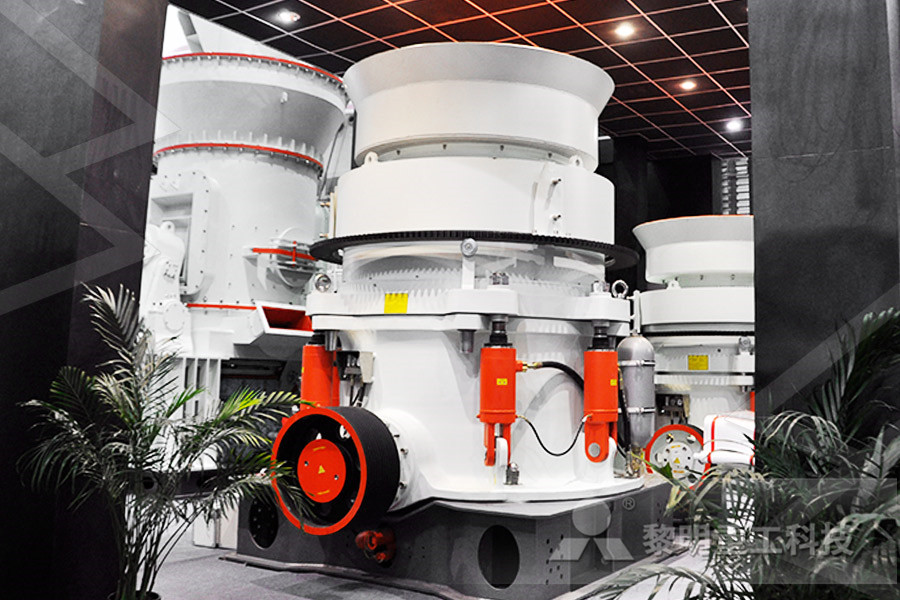
chapter 7 history Part 2 Weavers , iron smelters and
Sep 06, 2016 chapter 7 history Part 2 Weavers , iron smelters and factory owners 1 Chartered in 1600, the English East India Company eventually transformed England's Asian trade into an extensive colonial empire Initially, the company struggled to establish itself in India, creating small outposts such as this port at Fort Saint George in MadrasRefer to the weavers iron smelters and factory owners notes to learn more about this Iron and Steel Factories Come Up in India In 1904, An American Geologist, called Charles Weld, along with Jamsetji Tata’s son, Dorabji Tata travelled to Chhattisgarh to find iron ore depositsCBSE Class 8 History Chapter 6 Notes Weavers, Iron Apr 04, 2019 Weavers Iron Smelters and Factory Owners Class 8 History Chapter 6, Explanation, Question Answers Weavers Iron Smelters and Factory Owners CBSE Class 8 History Chapter with detailed explanation of the chapter ‘Weavers Iron Smelters and Factory Owners ‘ along with question answers Given here is the complete explanation of the chapter and all the exercises, Question and Weavers Iron Smelters and Factory Owners Class 8 History
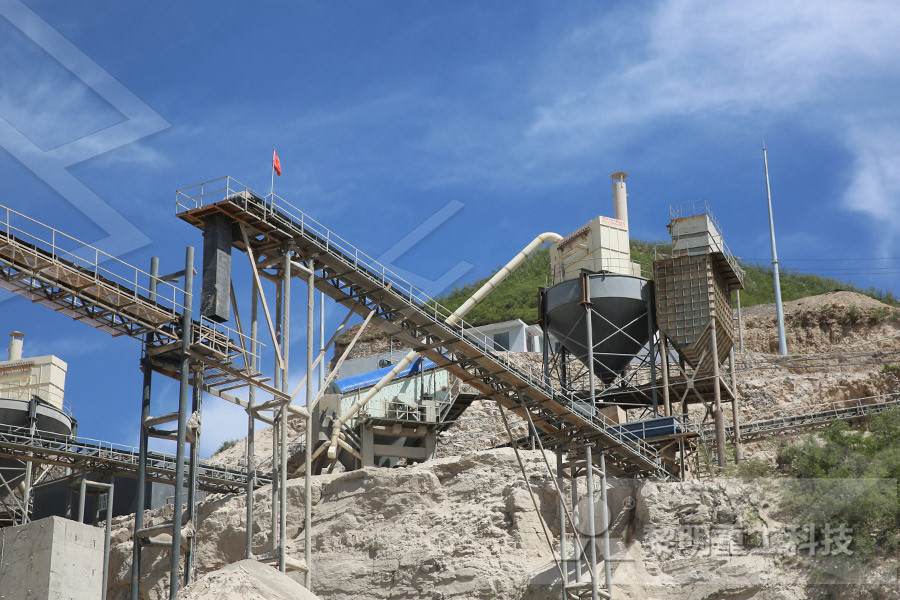
Class 8 Chapter 6 Weavers, Iron Smelters And Factory
Class 8 Chapter 6 Weavers, Iron Smelters And Factory Owners History Part 1 Only StudiesWeavers, Iron Smelters and Factory Owners Q29 Why did the wool and silk producers in England protest against the import of Indian textiles in the early eighteenth century? Ans Textile industries had just begun to develop in England in the early eighteenth century Unable to compete with Indian textiles, English producers wanted a secure Course: History Class 8, Topic: Chapter 7 – Weavers Aug 18, 2020 Weavers, Iron Smelters and Factory Owners Class 8 Extra Questions and Answers Social Science History Chapter 7 CBSE Pdf free download are part of Extra Questions for Class 8 Social ScienceHere we have given NCERT Extra Questions for Class 8 Social Science SST History Chapter 7 Weavers, Iron Smelters and Factory OwnersClass 8 History Chapter 7 Extra Questions and Answers
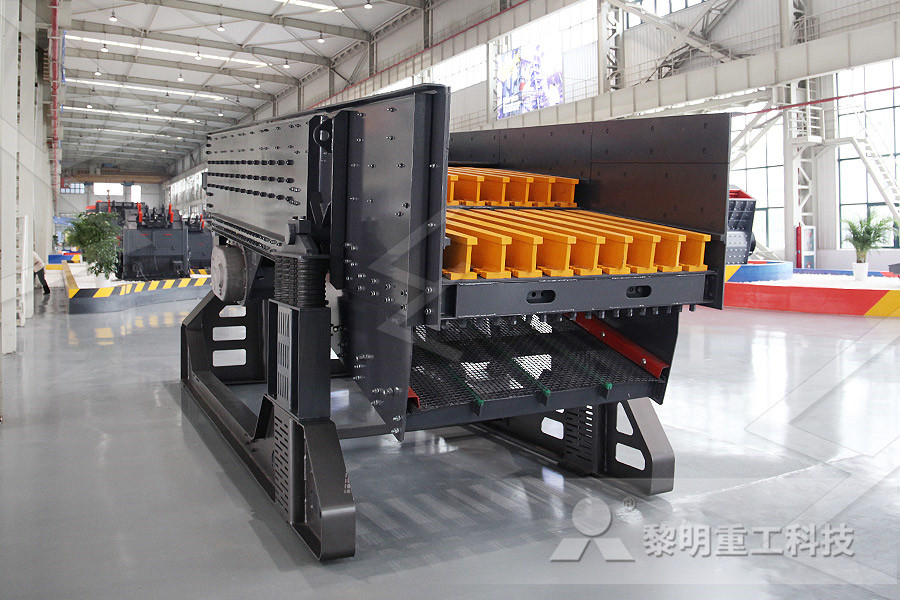
MCuestions for Class 8 History Chapter 7 Weavers, Iron
Aug 19, 2020 Check the below NCERT MCuestions for Class 8 History Chapter 7 Weavers, Iron Smelters and Factory Owners with Answers Pdf free download MCuestions for Class 8 Social Science with Answers were prepared based on the latest exam pattern We have Provided Weavers, Iron Smelters and Factory Owners Class 8 History MCQs Questions with Answers to help students Oct 10, 2018 We hope the NCERT Solutions for Class 8 Social Science History Chapter 7 Weavers, Iron Smelters, and Factory Owners, help you If you have any query regarding NCERT Solutions for Class 8 Social Science History Chapter 7 Weavers, Iron Smelters, and Factory Owners, drop a comment below and we will get back to you at the earliestNCERT Solutions for Class 8 Social Science History Chapter weavers, iron smelters and factory owners class 8 history and political science chapter 7 weavers, iron smelters and factory owners lesson content 0% complete 0/5 steps introduction: meanings/definitions: text questions: additional questions: 75 multiple choice questions (mcq's)CHAPTER 7 WEAVERS, IRON SMELTERS AND FACTORY OWNERS
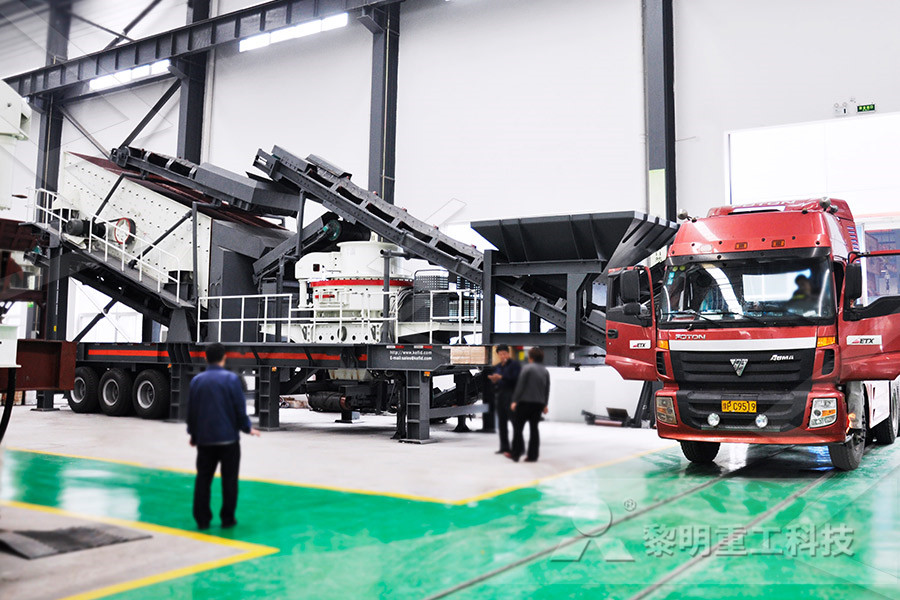
Class 8 History Chapter 7 Weavers Iron Smelters And
Chapter 7 Weavers Iron Smelters And Factory Owners PDF download free NCERT Solutions for Class 8 Educational Study Material Next Prev Home CBSE Notes NCERT Solutions Class 6 Class 7 Class 8 Class 9 Class 10 Class 11 Class 12 NCERT Books Question AnswersOct 02, 2019 In central India, many of the Agaria iron smelters stopped work, deserted their villages, and migrated, looking for some other work to survive the hard times A large number of them never worked their furnaces again Class 8 History Chapter 7 Weavers, Iron Smelters and Factory Owners Long Answer Type Questions Question 1NCERT Solutions For Class 8 History Social Science Weavers Weavers, Iron Smelters and Factory Owners 6 Fig 1 Fig 1 Fig 1 – Trading ships on the port of Surat in the seventeenth century Surat in Gujarat on the west coast of India was one of the most important ports of the Indian Ocean trade Dutch and English trading ships began using the port from the early seventeenth centuryand Factory Owners NCERT
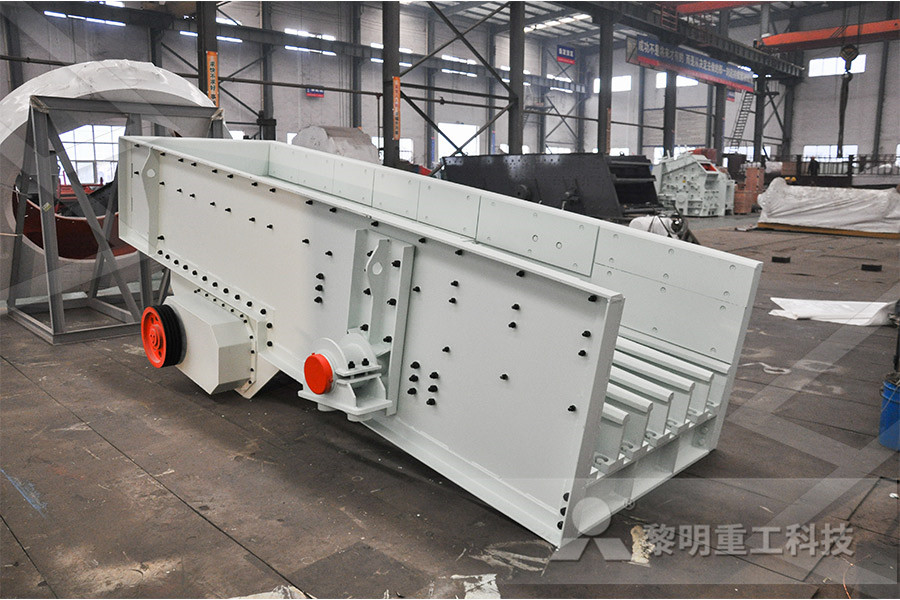
CBSE Class 8 History Chapter 6 Notes Weavers, Iron
Refer to the weavers iron smelters and factory owners notes to learn more about this Iron and Steel Factories Come Up in India In 1904, An American Geologist, called Charles Weld, along with Jamsetji Tata’s son, Dorabji Tata travelled to Chhattisgarh to find iron ore depositsChapter 01: Weavers; Iron Smelters and Factory Owners of Our Pasts III (Part2) book 7 Weavers, Iron Smelters and Factory Owners Fig 1 – Trading ships on the port of Surat in the seventeenth century Surat in Gujarat on the west coast of India was one of the most important ports of the Indian Ocean trade Dutch and English trading ships began using the port from the early seventeenth 01: Weavers; Iron Smelters and Factory Owners / Our Pasts NCERT Solutions for Class 8 History CBSE, 7 Weavers, Iron Smelters and Factory Owners All the solutions of Weavers, Iron Smelters and Factory Owners History explained in detail by experts to help students prepare for their CBSE examsChapter 7 Weavers, Iron Smelters and Factory Owners
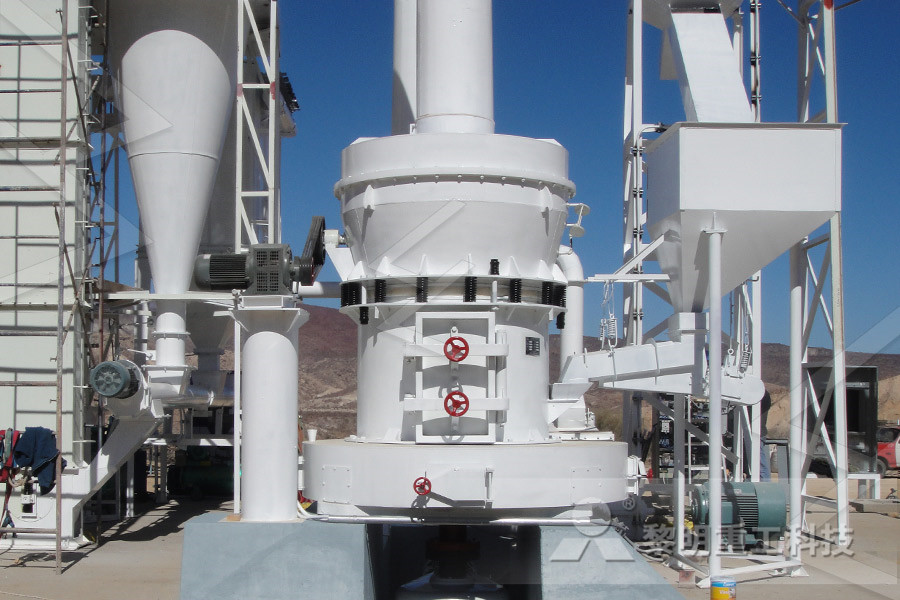
Notes of Ch 6 Weavers, Iron Smelters and Factory Owners
Feb 28, 2018 Study Material and Notes of Ch 6 Weavers, Iron Smelters and Factory Owners Class 8th History Introduction • The chapter tells the story of the crafts and industries of India during British rule by focusing on two industries: → Textiles → Iron and steelNCERT Class 8 History Solutions: Weavers, Iron Smelters and Factory Owners Chapter 7– Part 1 Doorsteptutor material for CBSE is prepared by world's top subject experts: fully solved questions with stepbystep explanation practice your way to successNCERT Class 8 History Solutions: Weavers, Iron Smelters These NCERT Solutions will help you to Study the Concepts of the Class 8 History Chapter 6 (Weavers, Iron Smelters Factory Owners) These NCERT Solutions for Class 8 for History subject are Prepapred by the expert Faculties at Learner's Institute they are highly dedicated to their Work in bringing the Ease in the Subject for the Students (Weavers, Iron Smelters Factory Owners)
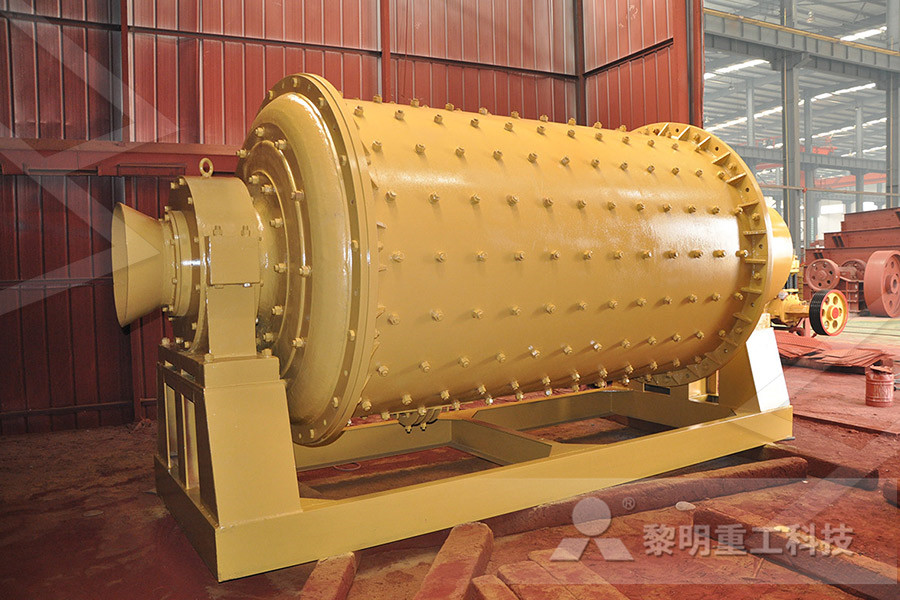
Course: History Class 8, Topic: Chapter 7 – Weavers
Weavers, Iron Smelters and Factory Owners Q29 Why did the wool and silk producers in England protest against the import of Indian textiles in the early eighteenth century? Ans Textile industries had just begun to develop in England in the early eighteenth century Unable to compete with Indian textiles, English producers wanted a secure Oct 01, 2020 Weavers, Iron Smelters and Factory Owners Class 8 MCQs Questions with Answers Appearing Students of Class 8 Exams can download MCQ on Weavers, Iron Smelters and Factory Owners Class 8 with Answers from here By practicing Class 8 History Chapter 7 MCQ with Answers, you can score well in the examMCuestions for Class 8 History Chapter 7 Weavers, Iron Weavers, Iron Smelters and Factory Owners: Class 8 History Chapter 6 Question Answers CBSE NCERT Solutions for Class 8 Social Science History Chapter 6 Weavers, Iron Smelters and Factory Owners is given below in updated form for session 202021 Download these solutions for offline use and Offline apps also based on latest CBSE Syllabus 202021NCERT Solutions for Class 8 Social Science History Chapter
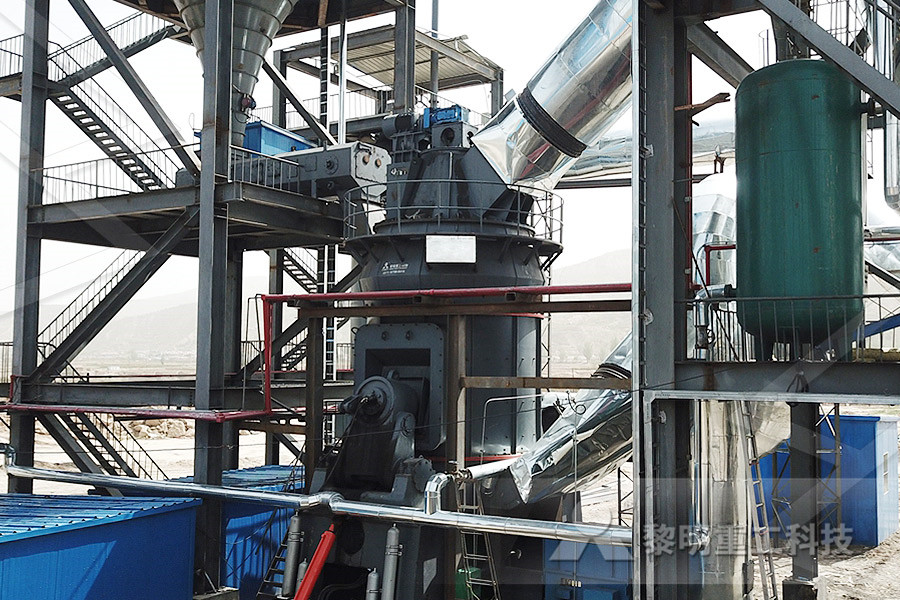
Weavers, Iron Smelters and Factory Owners Class 8 Notes
Apr 16, 2019 Weavers, Iron Smelters and Factory Owners Class 8 Notes Social Science History Chapter 7 The industrialization of Britain had a close connection with the conquest and colonization of India From the 16th century, European trading companies began This History textbook for Class 8 is designed by NCERT and is very useful for students Please also refer to the NCERT solutions for Class 8 History to understand the answers of the exercise questions given at the end of this chapter Weavers, Iron Smelters and Factory Owners This View PDF NCERT Class 8 History Weavers Iron SmeltersCBSE Notes Class 8 History Chapter 6 – Weavers, Iron Smelters and Factory Owners PDF Indian Textiles and the World Market Around 1750, India was the world’s largest producer of cotton textiles renowned both for their fine quality and exquisite craftsmanshipCBSE Class 8 History Notes Chapter 6 Weavers, Iron
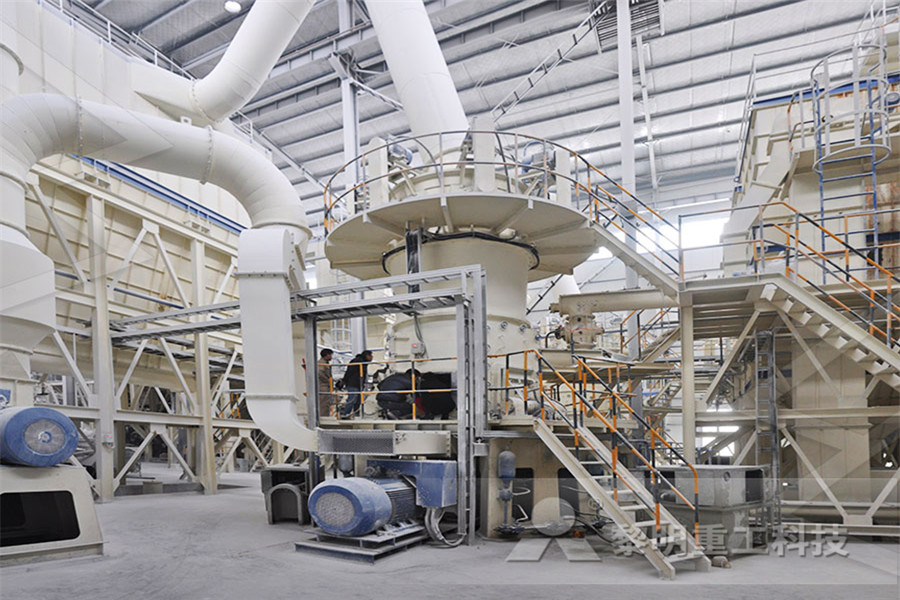
Course: History Class 8, Topic: Chapter 7 – Weavers
Weavers, Iron Smelters and Factory Owners Q17 What was special about Tipu Sultan sword? Or Why was Tipu’s sword so special? Ans Tipu’s sword was made from special type of high carbon steel called Wootz Wootz steel when made into swords produced a very sharp edge with a flowing water pattern Q18 Write a short note on Patola weave
